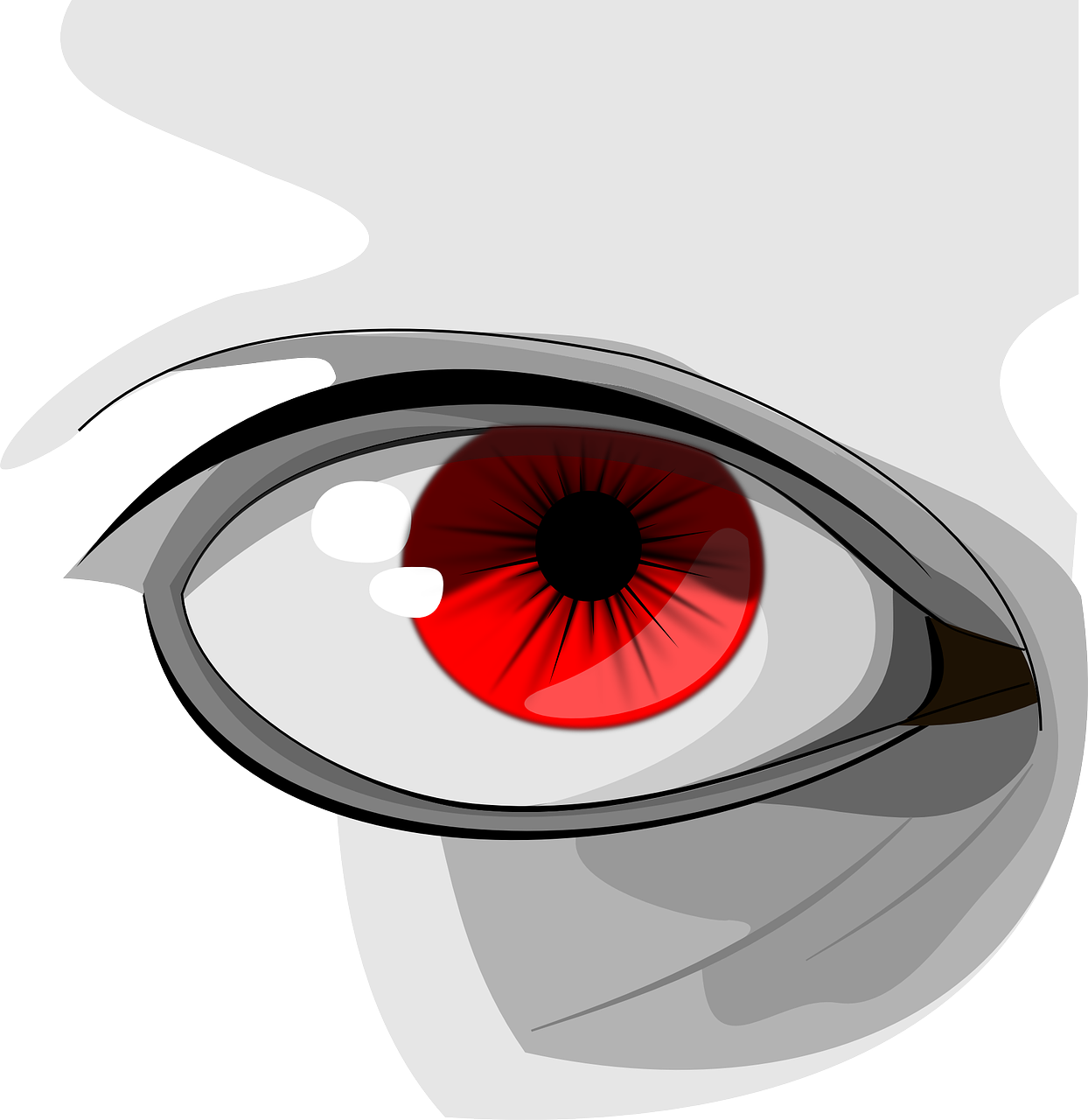
Singaporean Scientists Develop Tear-Fluid-Charged Battery for Smart Contact Lenses
In the field of “smart” contact lenses, researchers have been making significant progress. However, one major challenge remains: how to power these lenses safely and discreetly. Addressing this issue, scientists from Nanyang Technological University in Singapore have developed an ultra-thin battery that is charged by tear fluid.
Smart contact lenses have been developed for various purposes in recent years, ranging from monitoring glaucoma to delivering eye medication and projecting augmented-reality imagery. However, the current methods used to power these devices are not ideal. Most smart contact lenses rely on metal electrodes or induction charging, both of which have drawbacks.
To overcome these limitations, the Singaporean research team led by Assoc. Prof. Lee Seok Woo has proposed a 0.5-mm-thin lens-integrated battery. This innovative battery incorporates water and a coating of an enzyme called glucose oxidase. When the battery is immersed in the basal tear fluid that coats our eyes, the enzyme reacts with sodium and chloride ions, generating an electrical charge within the water.
Lab tests conducted on a simulated human eye demonstrated that the tear-fluid-charged battery produced a current of 45 microamperes and a maximum power of 201 microwatts. The scientists believe this would be sufficient to wirelessly transmit data from a smart contact lens for at least 12 hours. The battery currently lasts for up to 200 charge/discharge cycles, slightly less than lithium-ion batteries typically used in similar applications.
Furthermore, the researchers suggest that the lens be placed in a saline solution overnight for at least eight hours to ensure it starts each day fully charged. This would supplement the power provided by the user’s tear fluid throughout the day.
The findings of this study were published in the journal Nano Energy.
Source: Nanyang Technological University

